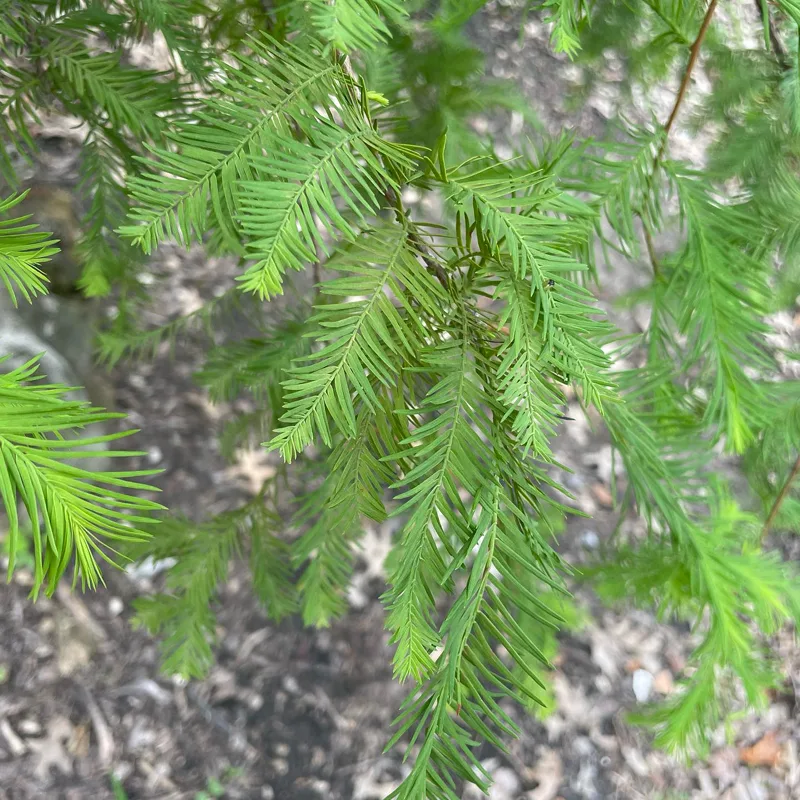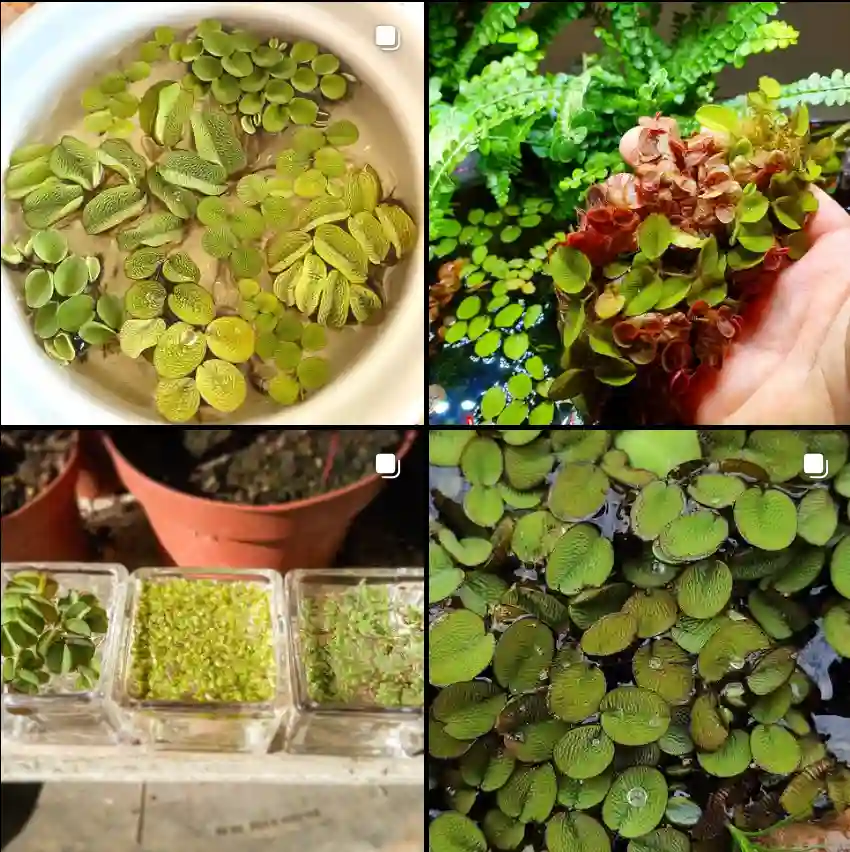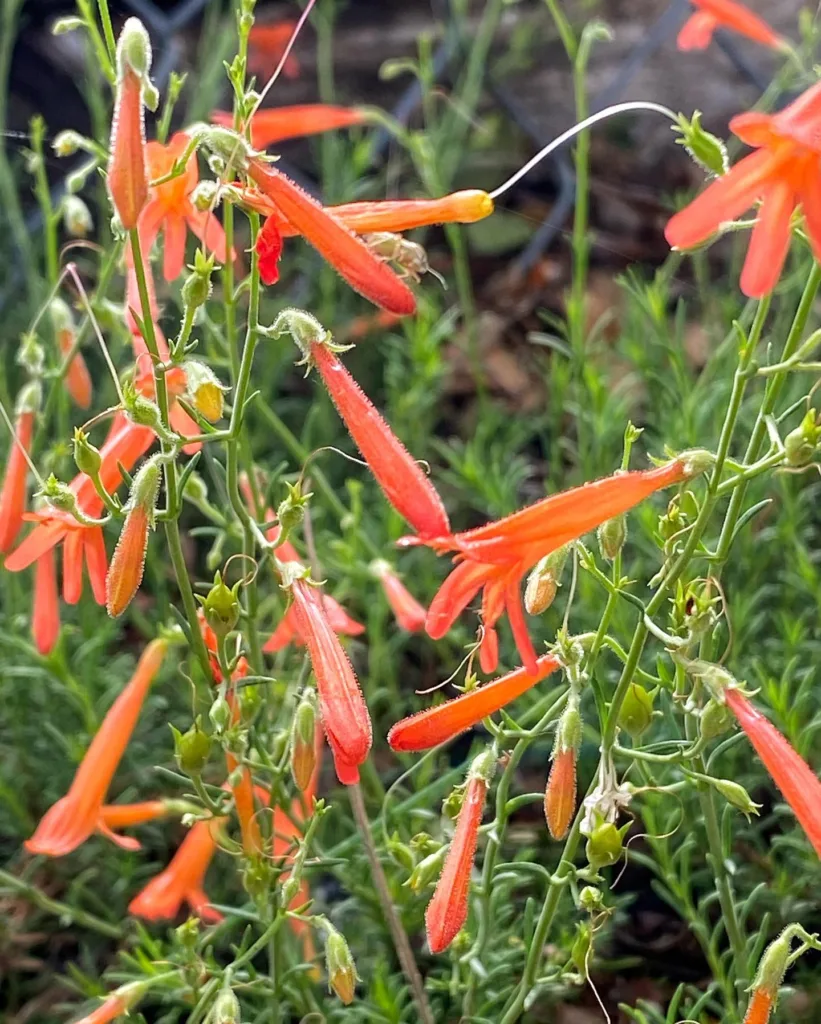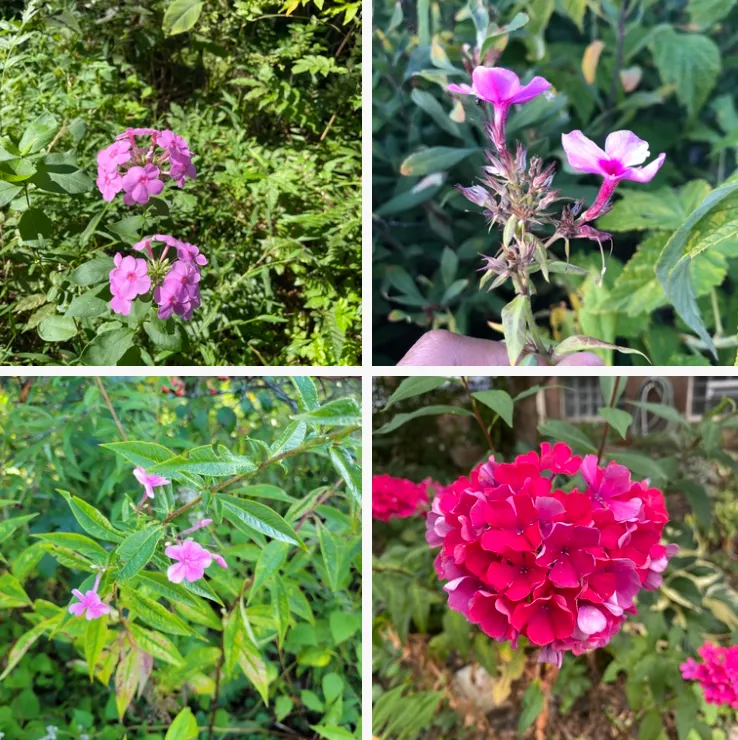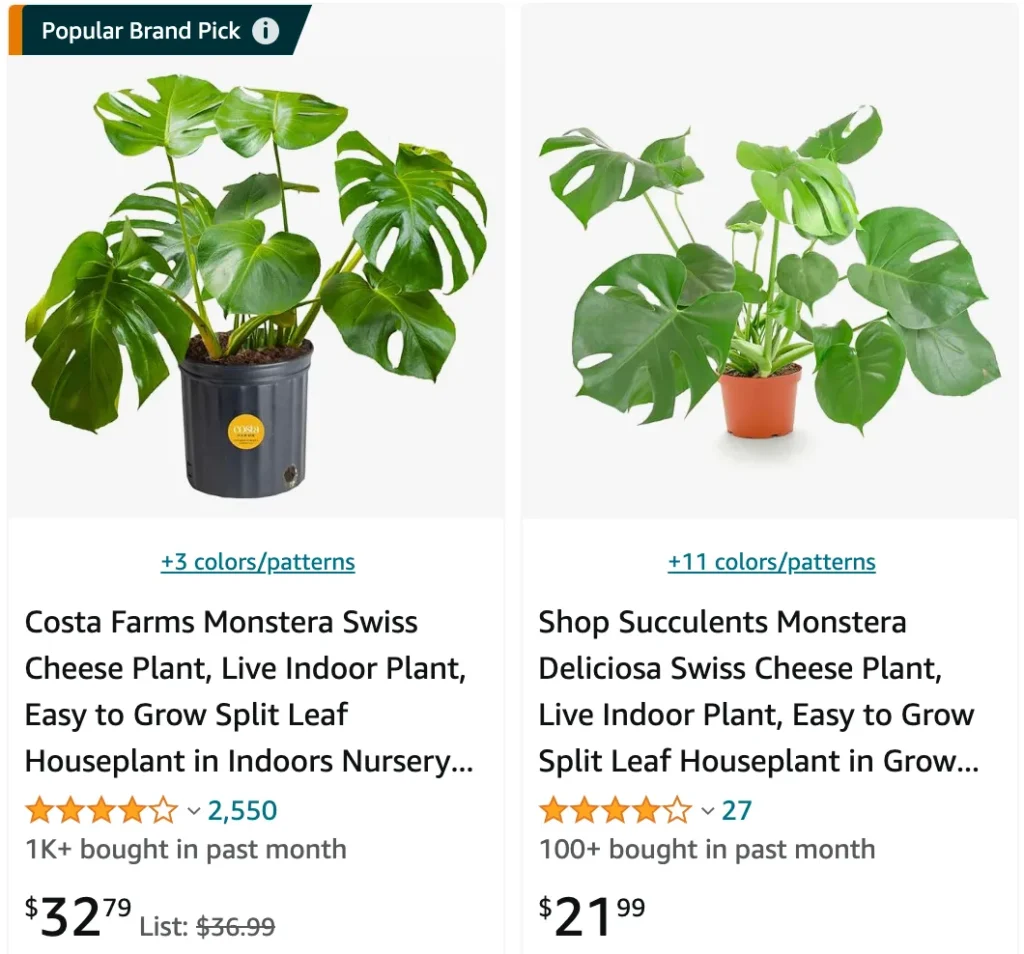
Introduction: Unveiling the Allure of Monstera Deliciosa
Monstera Deliciosa, with its iconic large, glossy green leaves and distinctive natural splits and holes, has captivated plant enthusiasts worldwide, becoming one of the most sought-after indoor houseplants today. Its wild, tropical aesthetic effortlessly transforms any living space into a vibrant, green oasis. Affectionately known by various nicknames such as the “Swiss Cheese Plant” or “Mexican Breadfruit,” these names hint at its unique foliage and surprisingly edible fruit.
Originating from the lush tropical rainforests of Southern Mexico and Central America, Monstera Deliciosa thrives in warm, humid conditions. Despite its exotic appearance, it is remarkably easy to care for, making it an excellent choice for both seasoned plant parents and beginners.
This comprehensive guide is designed to be your go-to resource for cultivating a thriving Monstera Deliciosa. We’ll delve into every essential aspect of its care, from fundamental requirements like light, water, humidity, and soil, to advanced techniques for optimal growth. You’ll also find practical solutions for common issues, ensuring your plant remains healthy and vibrant. Additionally, we’ll explore the fascinating history, diverse varieties, and surprising benefits this magnificent plant brings to your home.
Monstera Deliciosa: A Detailed Overview
To truly understand and care for your Monstera, it’s helpful to know more about its background and unique characteristics.
Origin and History
Monstera Deliciosa hails from the tropical rainforests stretching from Southern Mexico down through Central America to Panama. In its natural habitat, it behaves as a hemi-epiphyte, starting its life on the forest floor and then climbing larger trees using its aerial roots to reach for sunlight.
The plant was first formally documented in botanical literature in 1849. However, its cultivation history dates back even further, with records showing it was grown in England in the late 1700s for both its unique fruit and ornamental value . Indigenous communities in its native regions have long utilized various parts of the plant; its aerial roots were traditionally woven into ropes and baskets, and its sweet, ripe fruit was a cherished delicacy . Some parts of the plant were even used in traditional medicine to treat conditions like arthritis .
Common Names and Botanical Distinctions
Monstera Deliciosa is widely recognized by several popular names, including “Swiss Cheese Plant,” “Delicious Monster,” “Fruit Salad Plant,” “Ceriman,” and “Mexican Breadfruit”.
It’s important to clarify a common misconception: despite often being called “Split-Leaf Philodendron,” Monstera Deliciosa is not botanically a Philodendron. It belongs to a distinct genus within the Araceae family, though it is related to Pothos and Philodendron species .
To avoid confusion, here are key distinctions from commonly mistaken species:
- Monstera adansonii: Also known as “Swiss Cheese Vine” or “Five Holes Plant,” this species features smaller, more delicate leaves with oval-shaped holes .
- Thaumatophyllum bipinnatifidum: This plant is the true “Split-Leaf Philodendron,” but it is not a Monstera.
Understanding these differences ensures accurate identification and proper care.
Growth Characteristics and Size
In its natural environment, Monstera Deliciosa can reach impressive heights, often climbing over 6 to 27 meters (20-90 feet) by clinging to host trees . When grown indoors, its size is more manageable, typically reaching 2-3 meters (7-10 feet), though some can grow up to 2.5 meters. It is considered a relatively fast-growing plant under optimal conditions .
Fenestrations (Leaf Holes/Splits): The most striking feature of Monstera Deliciosa is the development of characteristic holes and splits in its leaves, known as “fenestrations.” These typically appear as the plant matures, usually when it reaches at least 0.9 meters (3 feet) in width and height. Several theories explain their purpose, including allowing light to reach lower leaves, helping the plant withstand strong winds, and facilitating rainwater runoff to the roots .
Aerial Roots: Monstera Deliciosa produces thick, rope-like aerial roots that are a normal and vital part of its growth. These roots provide structural support for climbing and absorb water and nutrients from the air . They can be gently guided onto supports or pruned for aesthetic reasons .
Toxicity and Edible Fruit
Toxicity: It is crucial to note that Monstera Deliciosa contains insoluble calcium oxalate crystals in its leaves and stems. If ingested, these can cause irritation, swelling, and pain . Therefore, the plant is considered toxic to humans, cats, and dogs. Always keep your Monstera out of reach of pets and young children.
Edible Fruit: The fruit of Monstera Deliciosa is indeed edible, but only when fully ripe . Unripe fruit is toxic due to the same calcium oxalate crystals. The ripening process can take approximately one year. Once ripe, the fruit is described as having a unique tropical flavor, often a blend of pineapple and vanilla or banana .
Fruiting Indoors: It is very rare for Monstera Deliciosa to produce fruit when grown indoors, as it requires specific conditions like high humidity and warm temperatures that are difficult to replicate in a typical home environment.
Benefits of Growing Monstera
Beyond its striking beauty, Monstera Deliciosa offers several surprising benefits for your home and well-being:
- Air Purification: Monstera plants are renowned for their ability to improve indoor air quality. They absorb harmful pollutants such as formaldehyde, benzene, and trichloroethylene, while releasing fresh oxygen through photosynthesis. Their large leaf surface area enhances this efficiency.
- Humidity Regulation: Through transpiration, Monsteras release water vapor into the air, helping to increase indoor humidity levels. This is especially beneficial in dry environments, potentially improving respiratory health and reducing the spread of airborne viruses.
- Mood Enhancement and Stress Reduction: The lush, vibrant presence of a Monstera can bring a sense of calm and tranquility to any room. Studies suggest that being around plants can reduce stress levels, improve mood, and promote relaxation, fostering a deeper connection with nature.
- Increased Productivity and Focus: Research indicates that incorporating plants into a workspace can enhance concentration, sharpen focus, and reduce mental fatigue, making Monsteras ideal for home offices or study areas.
- Aesthetic and Decorative Value: With their impressive, large leaves, Monsteras add a distinct tropical and stylish element to any interior design, serving as a vibrant focal point.
- Cultural Significance: In some cultures, Monstera Deliciosa holds special meaning, symbolizing good luck and prosperity . In Feng Shui and Vastu Shastra practices, it is believed to attract positive energy, wealth, and abundance, while harmonizing the five elements within a space.
Comprehensive Monstera Deliciosa Care Guide
This section provides detailed, actionable instructions to ensure your Monstera Deliciosa thrives and flourishes.
Light Requirements
Monstera Deliciosa flourishes in bright, indirect light, mimicking its natural habitat beneath the rainforest canopy . The ideal light intensity typically ranges from 150-500 Foot-candles (FC).
For optimal placement, position your plant near an east-facing or north-facing window to receive gentle morning sun. If placing near a south-facing or west-facing window, ensure the plant is several feet away or use sheer curtains to filter the intense afternoon sun, which can scorch the leaves .
Insufficient light can lead to smaller new leaves, a lack of characteristic splits (fenestrations), leggy growth (long, weak stems), and overall stunted development . Leaves may also turn yellow. Conversely, too much direct sunlight can cause leaf burn, resulting in brown or crispy spots on the leaf edges .
To ensure even growth, rotate your plant periodically (every few weeks) to expose all sides to light and prevent it from leaning towards the light source. If natural light is insufficient, consider supplementing with full-spectrum LED grow lights .
Proper Watering Guidelines
The most critical rule for watering your Monstera is to allow the top 2-3 cm (1-3 inches) of soil to dry out completely between waterings . This usually translates to watering approximately once every 7-10 days, but frequency can vary based on light, temperature, and humidity .
When you do water, do so thoroughly until excess water drains from the pot’s drainage holes . It is paramount to avoid letting the plant sit in standing water in the saucer, as this leads to “wet feet” and root rot, which can be fatal .
For precise moisture monitoring, a soil moisture meter can provide an accurate reading of the moisture level throughout the root ball, helping to prevent both overwatering and underwatering .
Adjust your watering schedule seasonally. Significantly reduce watering frequency during the cooler autumn and winter months when the plant enters dormancy and growth slows . Conversely, during active growth in warmer seasons, the plant may require more frequent watering.
Regarding water quality, Monstera can benefit from filtered water or tap water that has been left overnight to allow chlorine to dissipate . Using room-temperature water also helps prevent shocking the roots.
Ideal Humidity and Temperature
Humidity: These tropical plants thrive in high humidity, ideally above 60%, to replicate their natural rainforest environment . Low humidity can cause brown leaf edges and curling leaves .
To increase humidity:
- Humidifier: This is the most effective method for maintaining consistent humidity levels .
- Pebble tray: Place the potted plant on a tray filled with pebbles and water, ensuring the water level is below the pot’s base.
- Group plants: Grouping humidity-loving plants together can create a more humid microclimate.
- Misting: While it provides temporary relief and helps clean leaves, misting is less effective for long-term humidity needs. If misting, do so in the morning to allow leaves to dry before nightfall, preventing fungal issues .
Temperature: Monstera prefers stable warm temperatures, ideally between 18-30°C (65-85°F) .
Avoid temperatures below 10-15°C (50-60°F) as this can cause cold damage and slow plant growth . Protect your plant from sudden temperature fluctuations, such as cold drafts from windows or direct exposure to heating/cooling vents.
Soil Mix and Repotting
Soil Requirements: Monstera needs a well-draining, airy, and nutrient-rich potting mix with a high organic matter content . This ensures proper aeration for the roots and prevents waterlogging .
Recommended Components: A good mix typically includes:
- Peat moss or coco coir: For moisture retention .
- Perlite or pumice: For excellent drainage and aeration .
- Orchid bark or charcoal: To improve drainage and provide structure . A common ratio is 1/3 peat moss/coco coir, 1/3 perlite/pumice, and 1/3 regular potting soil .
Potting Considerations:
- Drainage holes: Always use pots with sufficient drainage holes to allow excess water to escape .
- Pot material: Porous pots like terracotta or unglazed ceramic are excellent as they allow for better airflow and evaporation, which Monstera prefers . However, any pot with drainage holes will suffice.
Repotting Frequency: Repot your Monstera every 1-2 years, or when it becomes root-bound (roots growing out of drainage holes, or the root ball occupying more than 75% of the pot’s volume) . Spring is the ideal time for repotting as the plant is in an active growth phase .
Repotting Process: Choose a new pot that is only 2.5-5 cm (1-2 inches) larger in diameter than the old one . Gently remove the plant, loosen the roots, add fresh potting mix to half the pot, center the plant, fill with more soil, and water thoroughly . Be careful not to damage aerial roots during this process .
Fertilization Schedule
Fertilizer Type: Use a balanced liquid fertilizer (e.g., NPK ratio 10-10-10 or 20-20-20) . A 3-1-2 ratio is also commonly recommended. Water-soluble fertilizers are generally easy to use . Additionally, specialized organic fertilizer blends for Monstera can provide essential micronutrients and amino acids .
Frequency: Fertilize once a month or every 2-4 weeks during the active growing season (spring and summer) .
Dormancy: Significantly reduce or stop fertilizing during the fall and winter months when the plant naturally slows its growth .
Caution: Avoid over-fertilizing, as this can lead to chemical burn, salt buildup in the soil, and root damage . If signs of over-fertilization appear (e.g., brown leaf edges), flush the soil with water .
Support and Shaping Your Plant
Why Support is Needed: Monstera are natural climbers in their native habitat, using aerial roots to cling to trees. Providing support encourages their natural climbing habit, leading to larger, more mature leaves with prominent fenestrations and a healthier, upright growth habit . Without support, the plant can become leggy, sprawl, or grow horizontally .
Support Methods: Use a moss pole, trellis, or sturdy stake firmly inserted into the pot .
Shaping: Gently guide the aerial roots and stems to climb the support, securing them with soft ties, velcro plant tape, or garden twine . Keep the moss pole slightly moist to encourage aerial roots to attach .
Managing Aerial Roots: While beneficial, their appearance can be managed. They can be gently directed back into the soil, placed in a vase of water (for temporary stability and hydration), or pruned close to the stem if desired for aesthetics . It’s important to note that aerial roots are not designed for permanent submersion in water, as this can lead to root rot . Temporary or partial submersion may be acceptable, but continuous waterlogging should be avoided.
Pruning for Health and Aesthetics
Purpose: Pruning helps control the plant’s size, encourages new, bushier, and stronger growth, and removes any dead, damaged, or yellowing leaves to maintain the plant’s overall health and aesthetic appeal .
Method: Always use clean, sharp scissors or pruning shears to make precise cuts and prevent the spread of disease . Cut just above a node (the point where a leaf meets the stem or where new growth can emerge) to encourage new growth points to activate .
Caution: Avoid removing more than 25-33% of the total leaf mass at once to prevent stressing the plant . If extensive removal is needed, do it gradually over several weeks.
Leaf Cleaning
Why it’s Important: Monstera’s large, glossy leaves can accumulate dust, which obstructs light absorption and the plant’s ability to photosynthesize efficiently . Regular cleaning also aids in the early detection of pests.
How to Do It: Use a clean, damp cloth or moist paper towel to gently wipe dust from both sides of the leaves . For a deeper periodic cleaning, you can move the plant to a bathroom and gently rinse it with a shower. Ensure leaves are completely dry before returning the plant to bright light to avoid sunburn .
Propagating Monstera
Propagating Monstera is a rewarding and relatively straightforward process, allowing you to create new plants from your existing one .
Stem Cuttings Method:
- Select a cutting: Choose a healthy stem with at least 3-5 leaves and a node – the point where a leaf meets the stem, where new roots and shoots will develop . If the stem has an aerial root, even better .
- Cut: Use clean, sharp scissors or a knife to cut just below the node, ensuring the node is on the cut piece.
- Rooting hormone (optional): Dip the cut end into rooting hormone powder or gel (containing auxin) to promote faster and stronger root development.
- Water propagation: Place the cutting in a jar of filtered water or tap water that has been left overnight (to allow chlorine to dissipate). Change the water every few days and gently rinse the roots. New roots typically appear within about a month.
- Soil propagation: Plant the cutting in a well-draining, moist potting mix. Bury the node about 2.5 cm (1 inch) below the soil surface.
- Care: Keep the cutting in a warm, bright spot but out of direct sunlight, and maintain high humidity.
- Potting: Once roots are well-developed (usually after a few weeks to a few months), transfer the cutting to its own pot with appropriate potting mix.
Air Layering Method:
- This method encourages new roots to grow on the mother plant before the cutting is taken, allowing for direct planting into soil instead of water submersion .
- Process: Select a node with an aerial root growing just below it. Make a small cut just below that aerial root and node. Wrap the cut, aerial root, and node with a thick layer of moist sphagnum moss, then tightly wrap it with plastic wrap . Secure with string or twist ties.
- Care: Keep the moss moist by misting daily until new roots begin to grow through the moss (this can take several months) .
- Cut and plant: When roots are sufficiently developed, cut the stem below the node and plant the rooted cutting into soil .
Pest and Disease Control
Monstera Deliciosa is generally robust, but it can still be affected by some common pests and diseases. Regular inspection of your plant is crucial for early detection and timely treatment.
Common Pests and Their Treatment:
- Mealybugs: Identified by white, cottony masses on stems and leaves, especially new foliage . They suck plant sap, causing yellowing and stunted growth .
- Treatment: Use a cotton swab dipped in 70% isopropyl alcohol to dab directly onto mealybugs, dissolving their protective waxy coating . Spray with insecticidal soap or neem oil on affected areas . In severe cases, heavily infested plant parts may need to be pruned.
- Spider Mites: Very small, difficult to see with the naked eye, causing tiny white spots (stippling) on leaves and creating fine webbing between stems and leaves .
- Treatment: Increase humidity around the plant. Spray leaves forcefully with water (especially undersides) to dislodge mites. Use insecticidal soap or neem oil weekly until the infestation is gone .
- Thrips: Cause translucent patches on leaves and appear as small yellow bugs .
- Treatment: Use blue sticky traps to catch adult thrips. Spray with neem oil or insecticidal soap periodically . Remove heavily infested leaves to prevent spread.
- Scale: Appear as small brown or beige bumps on leaves and stems . Cause stunted growth, yellowing leaves, and secrete honeydew .
- Treatment: Gently scrape off with a fingernail or soft brush . Use horticultural oil or insecticidal soap .
- Fungus Gnats: Thrive in moist soil environments. Adults fly around, while larvae live in the soil and can damage roots.
- Treatment: Allow the top layer of soil to dry out completely between waterings to inhibit larval development. Use yellow sticky traps to catch adult gnats. Water the soil with a hydrogen peroxide solution (one part hydrogen peroxide with four parts water) to kill larvae. Adding a layer of sand to the soil surface can also deter adult gnats from laying eggs.
Common Plant Diseases and Their Treatment:
- Bacterial Leaf Spot: Dark brown spots on leaves with a yellow border, often similar in size and may exude sticky fluid .
- Treatment: Avoid low temperatures, overcrowding plants, and increase air circulation to reduce humidity . Chemical treatments are generally not recommended .
- Anthracnose (fungal): Symptoms begin with yellowing (chlorosis) along leaf edges, progressing to tan and eventually dark brown. This can spread inward and kill entire leaves .
- Treatment: Avoid misting and wounding leaves as this increases the spread of the pathogen .
- Root & Stem Rot: Leaves and stems will show noticeable wilting and drooping. Stems may be constricted at soil level due to rotting tissue. Affected roots are brown or black, soft, mushy, and easily detach from the plant . Often caused by overwatering .
- Treatment: Ensure well-draining potting mix is used and do not let the plant sit in standing water . Adjust watering schedule accordingly . If root rot is suspected, remove the plant from its pot, cut off rotted roots, and repot in fresh, clean soil . Use root supplements to aid recovery .
- Rust Fungus: Can be caused by overwatering, insufficient light, excessive humidity, lack of air circulation, un-sanitized tools, or transfer from other plants.
- Treatment: Adjust watering habits and increase light exposure. Remove affected leaves and stems, then treat with neem oil (1 part neem oil to 2 parts water) or specialized fungicides . Home remedies like a baking soda and water mixture, or diluted vinegar solution can also be tried.
General Prevention: The best way to prevent pests and diseases is to provide optimal care conditions for your plant. Ensure it receives adequate light, water, and nutrients. Avoid overwatering, ensure proper humidity, and good air circulation. Regularly inspect your plant and quarantine new plants to prevent spread. Regular leaf cleaning also helps remove dust and potential pests.
Troubleshooting Common Care Issues
Your Monstera often “communicates” when something is wrong through its leaves. Understanding these signs helps in timely diagnosis and correction.
- Yellowing Leaves:
- Causes: Most commonly a sign of overwatering (especially older leaves at the bottom) . Can also be due to insufficient light , or nutrient deficiency .
- Solutions: Allow soil to dry out completely between waterings . Ensure the plant receives bright, indirect light . If the problem persists, consider applying a balanced fertilizer . If yellowing leaves are accompanied by mushy stems and dark brown spots, it may indicate root rot, requiring immediate action .
- Browning Leaves/Crispy Brown Tips:
- Causes: Often due to low humidity , underwatering (especially light brown, crispy spots starting from leaf edges) , or too much direct sunlight causing leaf burn . Can also be caused by salt buildup from over-fertilization .
- Solutions: Increase humidity around the plant using a humidifier or pebble tray . Adjust watering schedule to ensure soil doesn’t dry out for too long . Move the plant out of direct sunlight . If due to fertilizer, flush the soil with water .
- Drooping/Wilting Leaves:
- Causes: Can be caused by both overwatering or underwatering . Also possibly due to root shock from moving/repotting, insufficient light, or excessively cold temperatures.
- Solutions: Check soil moisture thoroughly with your finger or a moisture meter . Adjust watering schedule accordingly. Ensure the plant receives bright, indirect light and is away from cold drafts.
- New Leaves Not Splitting/Lack of Fenestrations:
- Causes: Often a sign of an immature plant (fenestrations develop with age) . Another common cause is severe lack of light .
- Solutions: Ensure the plant receives bright, indirect light . Provide climbing support (moss pole) to encourage leaf maturity . Be patient if the plant is still young .
- Curling Leaves:
- Causes: Can be due to overwatering or underwatering, low humidity, too much direct sunlight, or soil issues (poor drainage, nutrient deficiency) . Pests can also be a cause .
- Solutions: Check soil moisture and adjust watering schedule . Increase ambient humidity . Move plant out of direct sunlight. Improve soil mix if needed, ensuring good drainage and sufficient nutrients. Check for pests and treat if present .
Conclusion
Monstera Deliciosa, with its captivating beauty and relatively adaptable nature, has rightfully earned its place as a beloved houseplant, offering numerous aesthetic and well-being benefits to any living space.
This guide has provided an in-depth exploration of Monstera Deliciosa, covering its fascinating origins, unique biological characteristics, and detailed care requirements concerning light, water, humidity, soil, and fertilization. We’ve also delved into essential techniques like providing support, pruning, and propagation, along with comprehensive solutions for common pest, disease, and care issues.
By applying the principles outlined in this guide, you are well-equipped to cultivate a healthy, thriving Monstera Deliciosa that will be a source of joy and beauty in your home for years to come. Remember, consistent care and attention to your plant’s needs are key to unlocking its full potential and enjoying its lush, tropical splendor.
If i die, water my plants!
